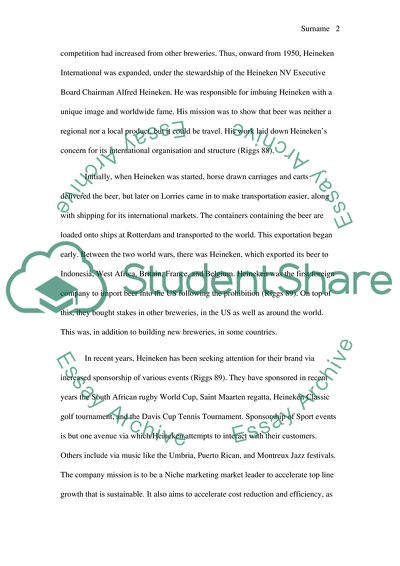Cite this document
(The History, Design and Strategies of Heineken Research Paper, n.d.)
The History, Design and Strategies of Heineken Research Paper. Retrieved from https://studentshare.org/marketing/1772811-heinekens
The History, Design and Strategies of Heineken Research Paper. Retrieved from https://studentshare.org/marketing/1772811-heinekens
(The History, Design and Strategies of Heineken Research Paper)
The History, Design and Strategies of Heineken Research Paper. https://studentshare.org/marketing/1772811-heinekens.
The History, Design and Strategies of Heineken Research Paper. https://studentshare.org/marketing/1772811-heinekens.
“The History, Design and Strategies of Heineken Research Paper”, n.d. https://studentshare.org/marketing/1772811-heinekens.


